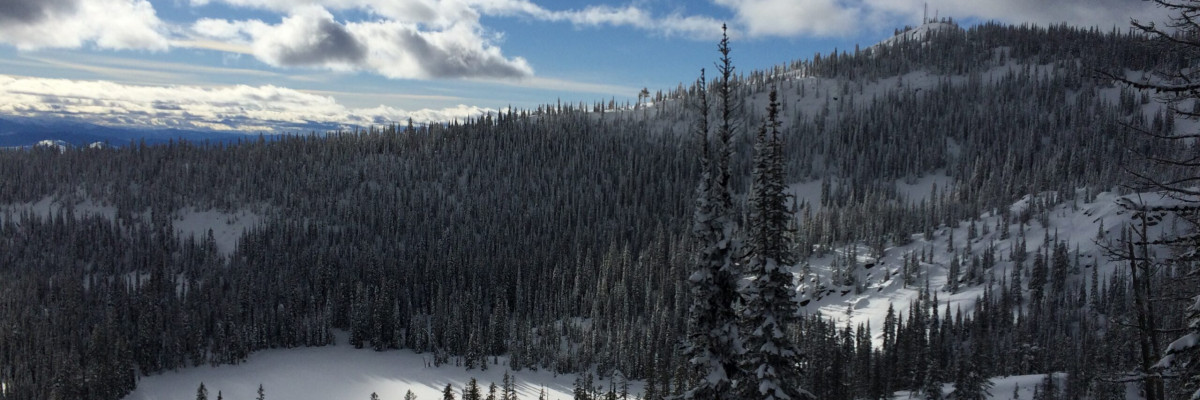The current avalanche danger is MODERATE for the west central Montana backcountry. Human triggered avalanches are possible, natural avalanches are unlikely. Heightened avalanche conditions exist in isolated terrain.
Good morning, this is Logan King with the West Central Montana Avalanche Center’s avalanche advisory for Thursday, January 28th 2016. The danger rating does not apply to operating ski areas, expires at midnight tonight and is the sole responsibility of the U.S. Forest Service.
Weather and Snowpack
Over the past 24 hours the advisory area has seen a trace to two inches of heavy snow bringing .3-.5 inches of SWE to the majority of the advisory area. Mountain temps are currently in the mid thirties and the majority of sites did not drop below freezing overnight. Currently winds are 13-20mph with gusts of 20-30mph out of the SW to the SE.
Persistent slabs continue to be the primary avalanche concern. Facets can be found on nearly all aspects and in a multitude of forms. Near Surface facet layers were observed on all aspects yesterday in the Rattlesnake and range from 2mm thick to 10 cm thick (pit). Buried surface hoar has also been seen in the advisory area, lastly Tim and I found depth hoar that propagated in shallower areas yesterday as well. The facet layers are not always reactive but are widespread and will be stressed with the new load so conservative decision making as well as identifying where the facets are will be critical today.
The second avalanche concern are wind slabs, strong and irregular winds created windslabs throughout the advisory area and they have been periodically reactive. We received a report of a human triggered windslab on Tuesday in a popular riding area north of Lincoln, MT. All leeward terrain has the potential to be harboring a windslab, stay keyed into signs of wind affected snow.
The third avalanche concern is storm slabs, with a heavy wet load of new snow falling on a rime crust and graupel with more to come, the storm slabs will be sensitive until the storm tapers off.
Currently conditions are MODERATE but could easily shift to CONSIDERABLE as more snow accumulates. If you are out in the backcountry today stay aware of conditions as they change and adjust your travel plans accordingly.
Weather and Avalanche Outlook
The forecast is calling for wind and more wet heavy snow with snow levels at about 5,000ft through tonight. There will be a brief break in the wet conditions Friday morning but snow will start to fall again by Friday evening as colder temperatures settle in. As the new snow load increases so will the avalanche danger.
Travis will issue the next advisory on Saturday, January 30th.














